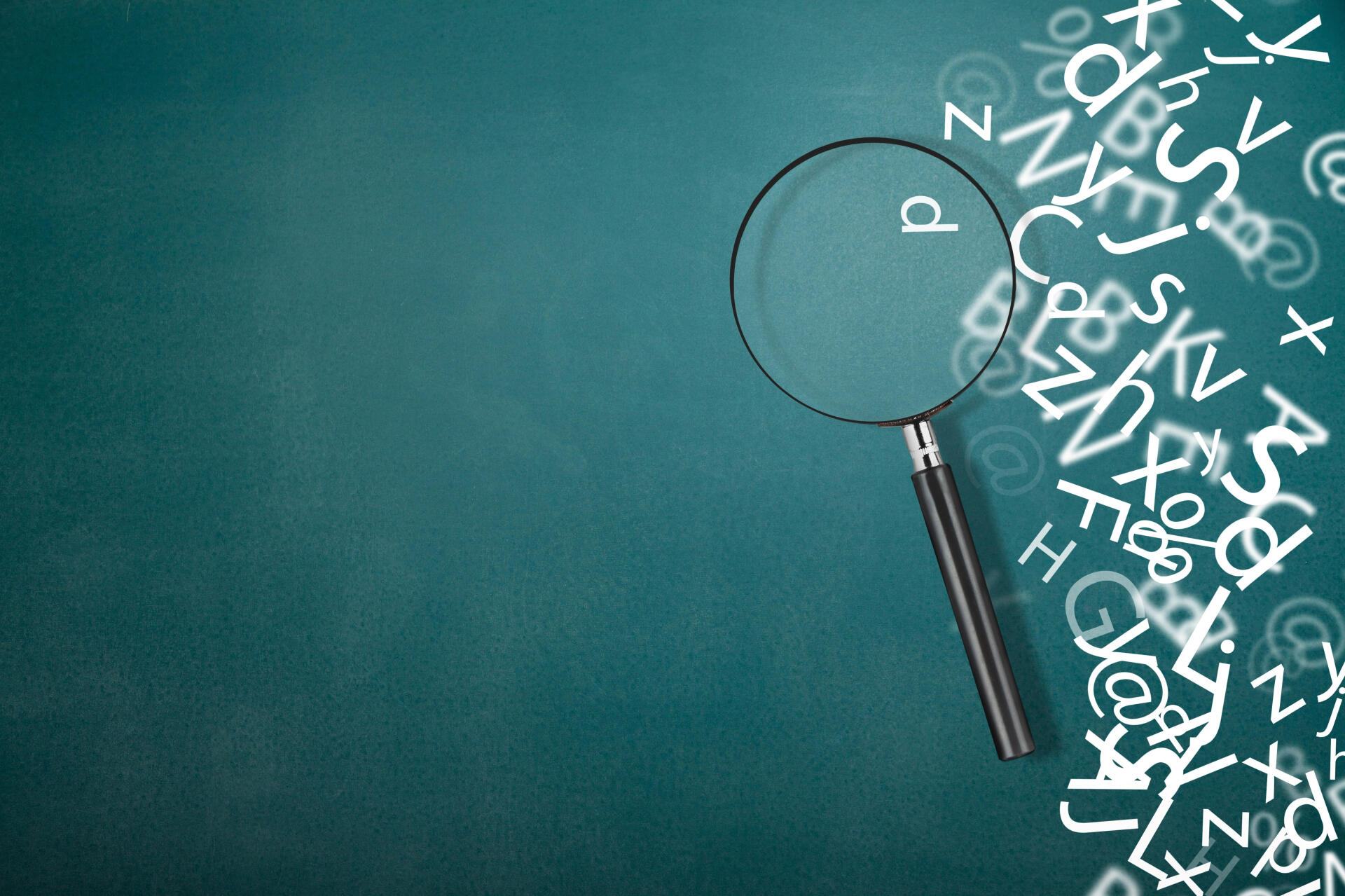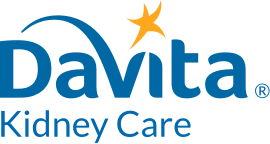
Kidney Care Glossary
The nephrology doctors at Northeast Ohio Nephrology Associates, Inc. are here to help. Here we break down and define some of the most common terms you may encounter while under treatment. The more you know, the better prepared you can be to tackle your condition and improve your kidney health.
A
Arteriovenous (AV) fistula
An arteriovenous (AV) fistula is the joining of a patient’s artery and vein—often in the arm–and is an outpatient procedure done to provide an access point for hemodialysis. Once formed and matured, over weeks or months and with stimulation via exercises, a fistula grows strong and can provide good levels of blood flow. The fistula option is often seen as the gold standard for patient care and can help to prevent complications for dialysis patients.
C
Chronic Kidney Disease
Known by the acronym CKD, this is a condition in which the kidneys can no longer perform their role as a filtration organ to remove toxins and waste products from the blood. There are a wide variety of symptoms that can indicate chronic kidney disease, and the condition may come on all of a sudden or over a longer period of time.
Creatinine
Creatinine is a chemical waste product. It is released into the blood as a by-product from muscle contraction. Normally functioning, healthy kidneys can filter creatinine from the blood. When this marker is high in the blood, it can be an indication of disease. Estimated glomerular filtration rate (GFR) levels of approximately 10.0 ml/min could mean that a patient should begin dialysis. Creatinine clearance (Ccr or CrCl) and BUN/creatinine, or the ratio between blood urea nitrogen (BUN) are additional tests that can be used to determine how well kidneys are filtering waste and can be done to diagnose a condition as well as part of ongoing monitoring and disease management.
D
Dialysis
Also called kidney dialysis, or hemodialysis, this process helps to make up for impaired renal function by removing wastes and excess fluid from the bloodstream, using a special filter (dialyzer) and fluid (dialysate). When the kidneys are not functioning correctly, substances can build up in the bloodstream, leading to weakness and an ill feeling. Dialysis brings relief by removing wastes and toxins while still maintaining substances in the blood that are necessary to health. A semipermeable membrane allows only certain types of particles to pass through, and is used as a filter to keep blood separate from the dialysate while allowing wastes and fluid to be removed. Hemodialysis (HD) and peritoneal dialysis (PD) are the two main types of kidney dialysis.
Home hemodialysis (HHD) is also an available treatment option for kidney patients. It is very similar to in-center hemodialysis, directing blood outside of the body and through a dialyzer, where it is cleansed, after which it flows back to the patient’s body. It can be done conventionally, which could be three times per week for 3-4 hours at a time, or more frequently but for less time each treatment, using a short daily schedule.
Dialysis diet
Also called a kidney diet or renal diet, a dialysis diet works in tandem with treatments in order to lessen the potential buildup of wastes in the blood. Foods included in this diet are low in sodium, phosphorus, protein, and sometimes potassium and calcium. When the diet is closely followed, it may boost kidney function and delay progression of existing conditions. The focus is on high-quality, nutritious foods. To ensure that a patient is eating the necessary nutrients, they may work with a registered dietician to develop a customized diet for their unique needs.
E
Electrolytes
Minerals, such as sodium, potassium, bicarbonate, chloride, calcium, magnesium and phosphate, carry an electrical charge in various bodily tissues, fluids, and blood. They help to maintain fluid and pH balance in the body, and aid in nutrient waste and transport, along with supporting nerve, muscle, and heart health. Levels of electrolytes that are too low or too high can lead to symptoms that are evidence of a disruption of normal bodily functions. Kidney health is vital to correctly balanced eletrcolytes–when kidneys aren't functioning properly, electrolyte imbalances are common.
End stage renal disease (ESRD)
Also called end stage renal failure, or stage 5 chronic kidney disease (CKD), ESRD is the term for a condition in which a patient’s kidneys are only functioning at 10-15% of their normal capacity and they have a glomerular filtration rate (GFR) of 15 ml/min or less. Because kidneys are so vital to overall health, when they can no longer effectively remove waste or excess fluid from your blood, dialysis or a kidney transplant are typically necessary. It is important for a patient diagnosed with ESRD to consult a nephrology doctor right away and set up a treatment plan.
Erythropoietin
Erythropoietin stimulates bone marrow to produce red blood cells. It is a hormone that is produced by healthy kidneys when they sense decreased oxygen levels in the bloodstream. Diseased kidneys cannot typically produce enough erythropoietin and anemia can result in patients who have kidney failure. Epoetin alfa, Epogen® and Procrit® are erythropoiesis-stimulating agents that can be used as part of a patient’s treatment plan in order to replace the missing hormone and prevent anemia.
G
Glomerular filtration rate (GFR)
The glomerular filtration rate (GFR) is a calculation that is done to determine where a patient is in the progression of their kidney disease. The level of creatinine in the blood is a key factor to this equation, which also takes into account age, gender, and sometimes additional factors like race, weight, blood urea nitrogen (BUN) and serum albumin levels. The final GFR figure will then determine the stage of the patient’s kidney disease.
Glomeruli
There are tens of thousands of clusters of looped blood vessels in the kidneys. Each cluster is called a glomerulus, but when taken together and spoken of in plural terms, they are called glomeruli. The glomeruli are connected to tubules, and together this unit is referred to as a nephron, a filter that removes waste products and fluids and incorporates these into a patient’s urine. The nephron is a minute component, with each kidney containing about 1,000,000 nephrons.
Graft
Also called an arteriovenous (AV) graft, this under-the-skin connection of artery to vein is similar to a fistula. It differs because synthetic tubing is what connects the two. Often made using Teflon® or Gore-Tex® material, the tubing is soft and plastic-like, and typically about half an inch in diameter. The graft could be located in either the arm or thigh, and because it is already the necessary size at time of implantation, it needs only 2-6 weeks to heal before use. However, the synthetic nature of a graft can lead to complications like clotting and infection and may not last as long as a fistula.
H
High blood pressure
This data point measures the pressure of blood against artery walls, both as the heart pumps blood out and as the heart relaxes between beats. These top (systolic) and bottom (diastolic) numbers combine to give a blood pressure reading. High blood pressure, also called hypertension, is a condition that, if left untreated, can end up causing damage to small blood vessels, such as those in the kidneys. This damage can lead to chronic kidney disease (CKD) which can then prompt the release of renin from the kidneys, causing blood pressure to increase even more.
K
Kidney
The kidneys are roughly fist-sized organs located on either side of the spine, behind the abdomen, with one being below the liver, and the other below the diaphragm. Kidneys function to remove wastes and excess fluids from the bloodstream, balance electrolytes, and produce certain hormones. Kidneys are part of the urinary system, and what they remove from the blood they use to create urine, which is then carried out and away from the body. Kidneys are necessary for overall health, and when they are not healthy or functioning normally, many symptoms will appear.
Nephrology is the study of the kidneys and kidney diseases, and nephrology doctors, or nephrologists, are the medical professionals who help to treat kidney-related problems. Renal is another descriptive term that will be associated with kidney conditions and treatments.
Kidney biopsy
Also called a renal biopsy, this test is done to assess whether damage has been done to the kidneys. A biopsy collects small pieces of a kidney and examines them by means of a powerful microscope in a laboratory, looking for deposits, organisms and scarring. The results of a kidney biopsy can help nephrology doctors to diagnose conditions and determine treatment. On a transplanted kidney, a biopsy can make it clear if the body is rejecting the organ. This test is typically done under some form of anesthesia, in a hospital or designated treatment center. The test generally takes about an hour, and results are generally available within several days.
Kidney disease
When kidneys are unhealthy, they can no longer effectively clear toxins and waste from the body and perform their many other key functions. This condition, called kidney disease, can come on suddenly or may present slowly, over some time. Diabetes is a common cause of kidney disease, along with high blood pressure. There are also inflammatory conditions, genetic diseases, autoimmune diseases, birth defects, and other various root causes that can lead to kidney disease.
Kidney donor
If a kidney transplant is necessary, a kidney donor will first need to be found. This person could be anyone who is generally healthy, willing, and at least 18 years old. Donors do not need to have a matching blood type to the recipient. Thankfully, healthy individuals can lead a normal, active life with one functioning kidney.
Kidney function
Kidneys are small organs that do an incredibly vital task: they have the ability to process 100% of the body’s blood supply roughly every 5 minutes. Besides cleaning waste from the blood, they also manage fluid levels in the body while helping to regulate blood pressure, pH, and mineral levels.
Kidney transplant
Patients whose kidneys are in renal failure may be eligible for a kidney transplant. The kidney they receive could come from a known donor, or from an organ donor who has recently died. Transplant time is much shorter when a friend or family member is willing to donate their kidney. In general, kidney transplants are very successful and a common way to treat kidney failure.
Kidney ultrasound
Also called a renal ultrasound, this test is used to see kidneys under layers of skin and tissue, and to determine their size, shape, and exact location. Ultrasonic waves pass through the skin and bounce off of the kidneys, creating an electronic image that can then be assessed by nephrology doctors. This test can help to find cysts, tumors, kidney stones, obstructions, abscesses, fluid collection and point of infection. A kidney ultrasound can also be used in conjunction with other tests, and to examine a transplanted organ.
N
Nephron
A nephron’s main function is to regulate water and other substances within the body. The nephron is the basic functional component of the kidney and is responsible for filtering the blood, absorbing what the body needs, and removing the remaining waste from the body as urine. Nephrons also balance blood volume and blood pressure, regulate the blood’s pH and balance levels of electrolytes.
P
Peritoneal dialysis
Peritoneal Dialysis (PD) is a form of at-home dialysis that differs from traditional dialysis using a dialyzer. PD uses the thin membrane that lines the abdomen–the peritoneum–to act as the filter during treatment. Dialysate is inserted via a catheter into the patient’s abdomen where it works to pull waste and extra fluid from the patient’s blood. Filtered substances are deposited into the peritoneal cavity. After some time, used dialysate is replaced with fresh dialysate and the cleaning process continues.
Phosphorus
This mineral is typically found within the body’s bones and is very plentiful. It’s used to form strong bones and teeth, keep a balanced pH, transport oxygen to tissues, and more. Healthy kidneys can filter out any excess phosphorus in the blood, but diseased kidneys cannot, leading to a buildup and some serious health concerns. Typically, patients with kidney issues are advised to follow a diet low in phosphorus.
Polycystic kidney disease
Polycystic kidney disease (PKD) refers to a collection of cysts that form in the kidneys. They are fluid-filled and can distort the kidneys’ size, often interfering with function and sometimes leading to kidney failure. Oftentimes a patient with PKD will need dialysis or a kidney transplant. PKD has been found to be a hereditary disease.
Potassium
This vital mineral helps to control nerve and muscle function, and is central to heart health. Potassium is also a key part of the electrolyte balance in the body and helps to maintain proper fluid levels in balance and regulate pH. When kidneys are not functioning properly, potassium levels can become too high or low and can cause serious health problems.
S
Symptoms of kidney disease
Also referred to as symptoms of renal disease, these indications of illness are wide and varied, and can differ from one person to another. That said, there are some key indicators to look out for, such as:
-
changes in urination
-
swelling of the feet, ankles, hands, or face
-
fatigue, weakness, and difficulty concentrating
-
shortness of breath
-
“ammonia breath” or an ammonia or metallic taste in the mouth
-
back or flank pain
-
itching and changes in skin pigmentation
-
loss of appetite, nausea and vomiting
-
frequent hypoglycemic episodes for diabetics
Lab tests are typically done to determine if the symptoms experienced are, in fact, evidence of kidney disease.
V
Vascular access
Hemodialysis treatment requires that a patient’s blood travel outside of their body to be cleaned, and then reenter their bloodstream afterwards. For this, access to the bloodstream–known as "vascular access”–is vital. This access point requires high volume and high speed for efficient cleaning of the blood. An arteriovenous (AV) fistula, AV graft, or central venous catheter are common ways to make vascular access available and are created surgically, typically on the arms, legs, neck or chest. Fistulas and grafts can be used for many years and are so seen as being permanent access points for kidney treatment.
OUR KIDNEY EXPERTS ARE Here To Help
If you are seeking treatment for your kidney-related condition, the nephrology doctors at Northeast Nephrology can offer experience-based guidance. To work with a trusted nephrologist in Akron, Ohio, reach out to us today!
Our Affiliates
Contact Us
(*) - Required field








